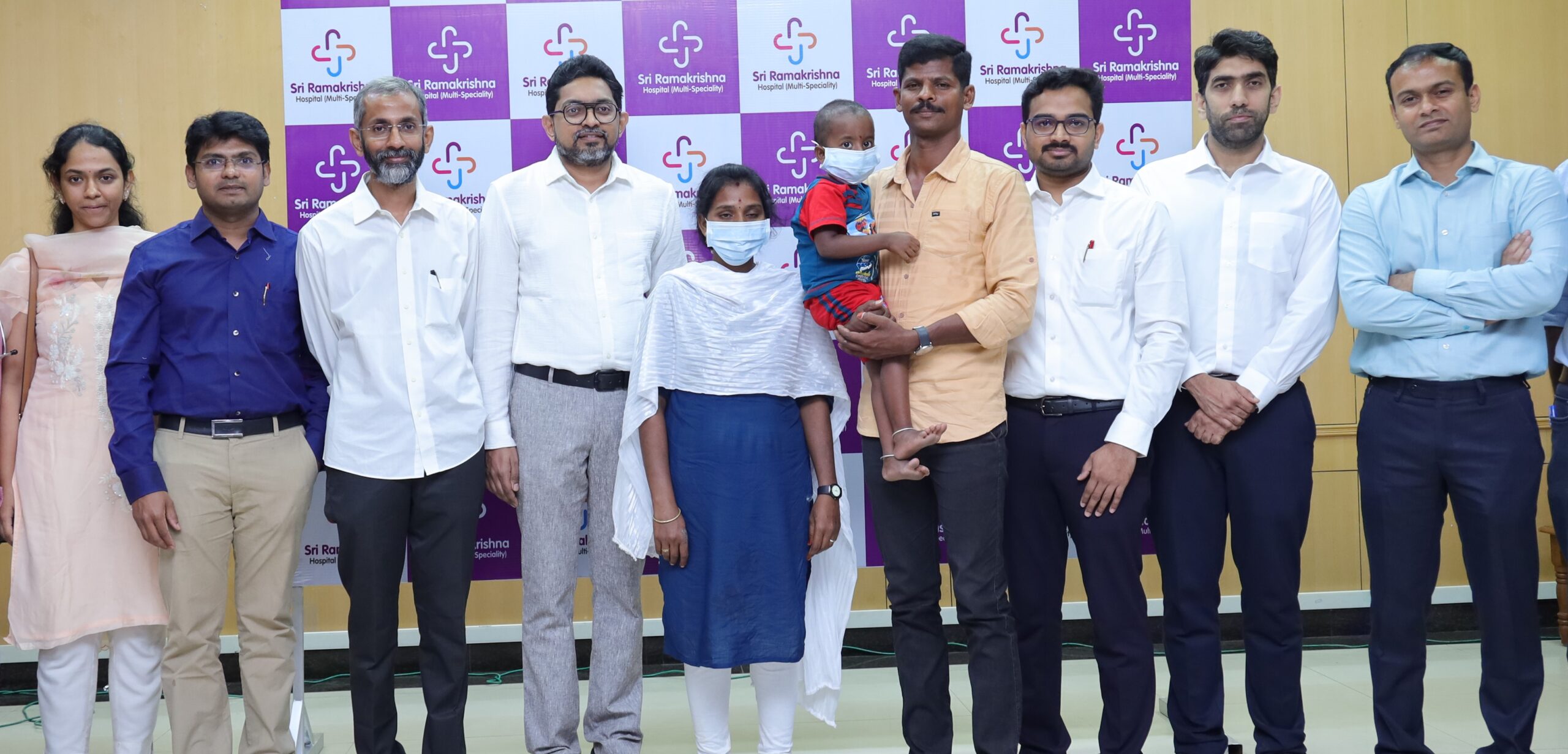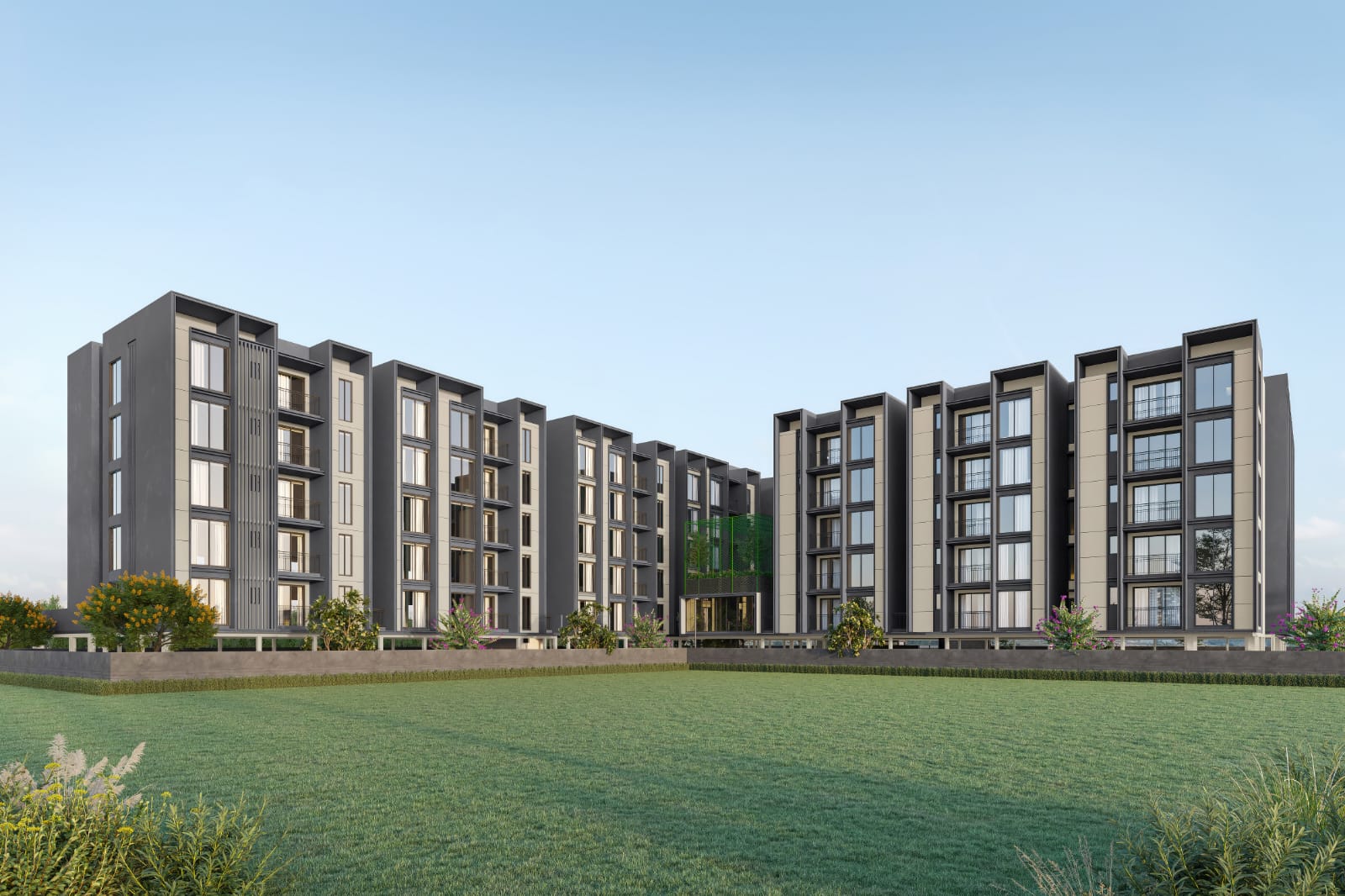Trending Now
- 830 voters names go missing in Kavundampalayam constituency
- If BJP comes to power we shall consider bringing back electoral bonds: Nirmala Sitaraman
- Monitoring at check posts between Kerala and TN intensified as bird flu gets virulent in Kerala
Coimbatore
From Old Age Homes to Ageless Communities
![]() June 7, 2019
June 7, 2019
“Nothing is permanent in life. Change is the only constant factor!” Retirement communities for the middle and upper middle-income group were evolved from old age homes meant for the poor and the destitute. While old age homes were run by Government or NGOs or by charitable institutions, private players set up retirement communities around 2000.
Multiple models were created and are functioning. Most of them cater to the requirements of living of the senior citizens. Less than two percent of urban seniors live in such retirement communities, with the others continuing to live in their own dwellings either alone or with children/relatives. Only a few retirement communities have realized the need for care components that become necessary with advancing age and as a consequent of longevity.
Care components such as assisted, palliative, memory, preventive and care of the special needs children after the demise of the parents are now getting evolved in India. Skilled labour in terms of caregivers and nursing staff are hard to find and difficult to retain. Home care, which is preferred, is becoming difficult to be sustained.
Current Trends:
The current trend is to shift to a retirement community that is part of a large township. These have the following advantages:
•Senior citizens can have their freedom and independence as they have amenities specially designed for them.
•Seniors get to mix with others instead of being only in the company of people of their age.
•They can enjoy other amenities available in the township.
•With longevity, many of them can play games like tennis or badminton or take a swim and use gymnasium or take part in a marathon or a walkathon.
•If the children also reside in the same township, it fulfills their emotional quotient and at the same time, they can lead their own life.
With longevity and access to better health care, vanilla retirement communities with shelter, security, food, basic medical facilities and some entertainment are not enough. Once an elderly person enters a retirement community, the expectation is that he or she will get access to various facets of services and care that one may need with advancing age.
Use of technology for quality services and care is becoming a necessity to overcome the problems of skilled nurses and caregivers and other support staff like cooks, stewards, housekeeping, plumbers, electricians etc.
Ageless Communities:
Are we gravitating towards “ageless communities?” The younger generation complains of “stress, burnout and early retirement.” The elders worry about “longevity, increasing cost of care with age and living over 30 years after retirement!”
While the elders want the retirement age to be increased, the younger generation is looking at early retirement. Will the burn-out and stresses vanish soon for the younger generation to retire early or will the advancing age cause more stress and worries?
Would elders prefer younger people, who are not their children, living with them and both benefit from such living arrangements? Or, are we going to be hampered by customs, traditions, compulsions from our children and our increasing dependency on them? Will this co-living by elders and younger people become a reality?
Ultimately, age is only a number. And that number is the same for all – elders and youngsters! Therefore, “ageless communities” may be the next possibility.
The Future of Elderly Living and Care
From Old Age Homes/Shelters to Comfort and Retirement Homes to Retirement/Senior Living Communities to Senior Care to Ageless Communities, has been the journey of elders in India. This segment is still evolving!
We may see home care segment being strengthened with trained staff through various skill-development programmes of the government. The statistics are staring at us and the elderly segment will need more attention.
Technology is indeed making an impact on elder living and care. Having a hoist to lift a senior citizen from the bed to wheel chair or vice versa, monitoring the vital parameters including snoring, which may lead to sleep apnea, we have assistance from technology.
For monitoring a patient with bedsores to be moved at regular intervals and also to monitor the caregiver to perform the task assigned, we have technology today. Telemedicine arrangements to connect retirement communities to a doctor is possible through Google. There is no need to go to hospitals to see a doctor for routine consultations or minor ailments.
Sensors are playing a great role in detecting a senior citizen sitting alone in the community on a bench outside in the middle of the night and reporting the incident to a central information centre to intervene as necessary.
Elders are trained in “fall prevention” by physiotherapists. Sensors assist in recording the wandering of a patient with memory loss inside his dwelling and intervene. When there is a break in the regular pattern, the caregiver can intervene.
We can set boundaries for those suffering from Dementia or Alzheimer’s and if they cross the set boundaries, alarm gets triggered. We have gadgets which can be worn as a watch or be carried in a lady’s purse to raise alarm in times of emergency or safety issues. Software is available for not only placing services request but also help the management to measure services standards.
The list is endless and more and more technology integration in the life of seniors would reduce the dependency on manpower for care and services which is getting scarce even in India.The idea is to have a monitoring mechanism with intervention when any of the set protocols is breached. This avoids the conflict between privacy and freedom.
The need, therefore, is to find solutions to the issues that we are likely to encounter. Through discussions, the involvement of all stakeholders including the government both at the Centre and the States, we should find solutions to the subject of elder living and care. Already some States are seized of the problem and are applying their mind to the emerging problem of elder living and care. Surely others can follow.
(The author is a pioneer in senior living and care segment(www.covaicare.com ) and can be contacted at [email protected] )























